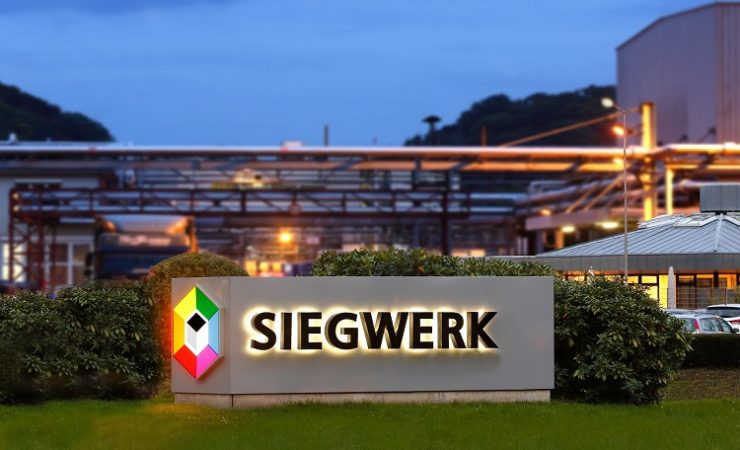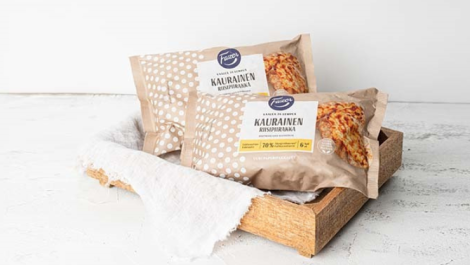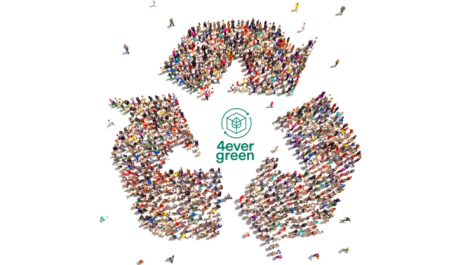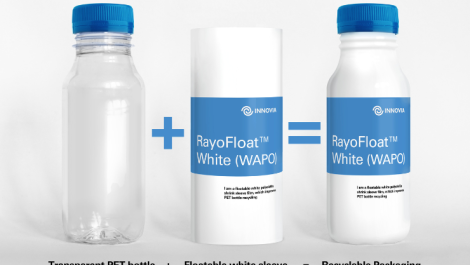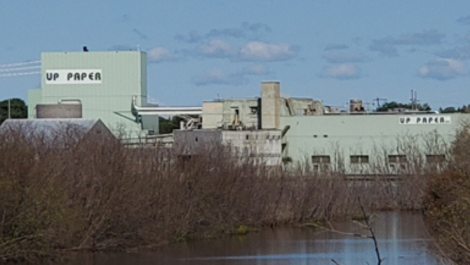Printing ink provider Siegwerk has joined the HolyGrail 2.0 initiative, intended to improve sorting and recycling rates for packaging in the EU.
Under the auspices of AIM, the initiative is investigating digital watermarking technology as a viable tool to sort and recycling packaging. The ultimate goal of HolyGrail 2.0 is to achieve a truly Circular Economy.
This technology works like a digital passport for packaging, with digital watermarks the size of a postage stamp integrated multiple times into the surface of labels or paper-based packaging. These little codes are imperceptible to the human eye but can be read by cameras, and can carry a wide range of information, such as manufacturer, SKU, type of plastics used and composition for multilayer objects, food vs. non-food usage, and more. This information can be used along the entire packaging value chain – from producer to recycler. It can improve consumer engagement, supply chain visibility and retail operations. In the end, the digital watermark can be detected on the sorting line of a waste sorting facility. It is claimed this will then enable an improved and more accurate sorting process This in turn results in higher-quality recyclates, which can be reused in even more new products and thus support a Circular Economy.
Siegwerk is one of more than 85 companies and organisations from the complete packaging value chain that are part of HolyGrail 2.0. Siegwerk will contribute its expertise on packaging circularity, as well as on sustainable inks and varnishes and the printing process to HolyGrail 2.0.
Alina Marm, head of the Circular Economy Hub at Siegwerk, commented, ‘We are very proud to be a member of this ambitious initiative, joining renowned companies such as The Coca-Cola Company, Kelloggs, Rewe Group and Tetra Pak. It perfectly fits with a key element of our Circular Economy objectives – targeting collection and recycling of all packaging.
‘We are convinced that we need to transform the industry away from a linear economy towards a Circular Economy model. It’s critical to embrace digital and smart ways to achieve this.’
HolyGrail 2.0 is the next phase of the HolyGrail initiative, which was started by the consumer goods manufacturer Procter & Gamble and was completed under the Ellen MacArthur Foundation between 2016 and 2019. It will launch an industrial pilot in order to prove the viability of digital watermarks technologies for more accurate sorting of packaging and higher-quality recycling. In addition, it will establish specifications for embedding watermarking codes into plastic moulds as well as specifications for sorting equipment.

